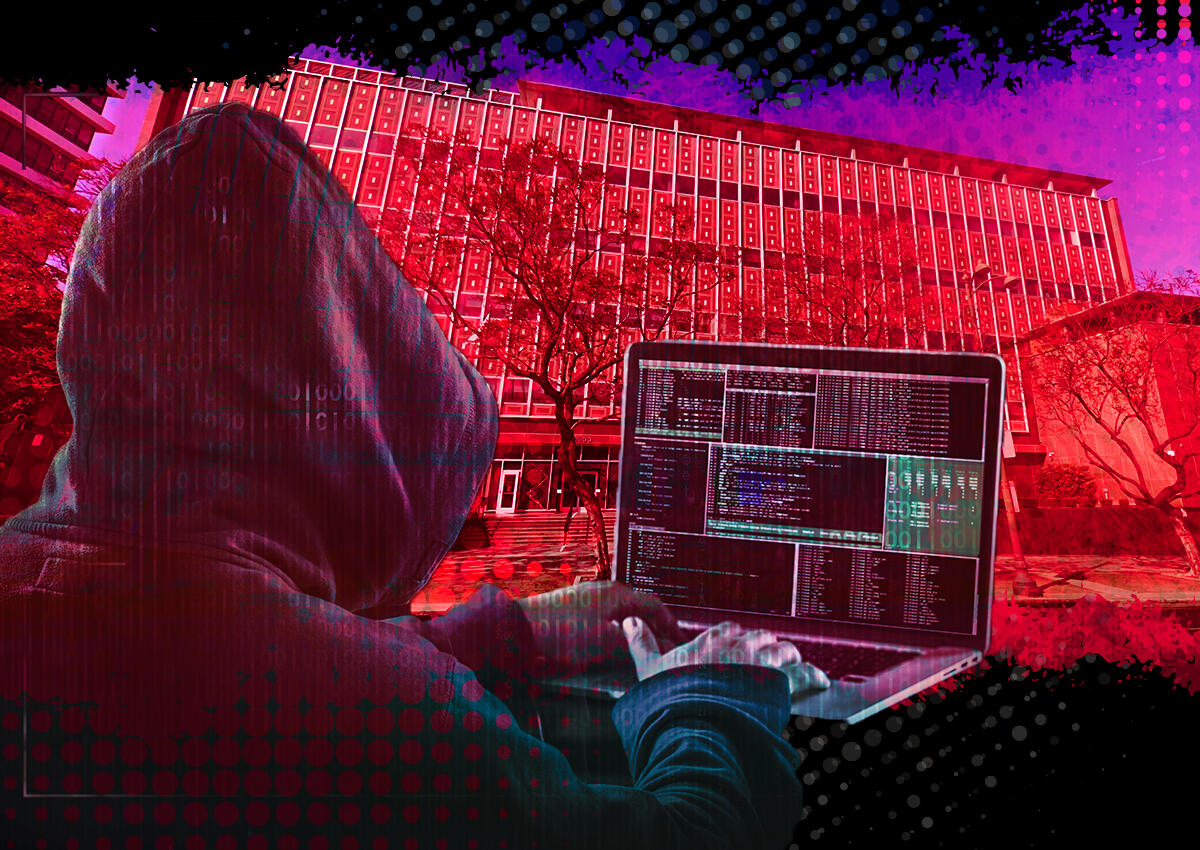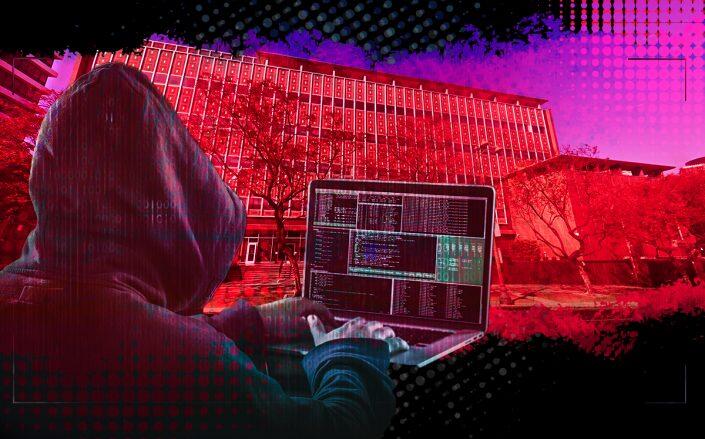Entérate de cuáles son los 5 grupos más activos de ransomware en América Latina en 2023
ESET advierte que la actividad de los grupos de ransomware en la región se incrementó este año con un foco: los ámbitos corporativos y gubernamentales.
Según el ESET Security Report, el 96% de las organizaciones manifestó preocupación por el ransomware, y el 21% informó haber experimentado un ataque de este tipo en los últimos dos años. De estos, el 77% logró recuperar su información a través de políticas de respaldo, mientras que el 4% admitió haber pagado un rescate. Además, el 84% de las organizaciones encuestadas se negó a negociar el pago por la recuperación de datos.
Suscríbete a nuestro newsletter
ESET resalta la importancia de enfrentar desafíos futuros, como el aumento de campañas de spearphishing dirigidas a objetivos específicos. Menciona la necesidad de mejorar la conciencia de seguridad entre los colaboradores de las empresas, dada la creciente utilización de tecnologías en el período pospandemia.
En cuanto a las preocupaciones de seguridad en América Latina, el robo o fuga de información encabeza la lista con un 66% de preocupación, relacionado con accesos indebidos a sistemas, ataques de phishing dirigido (spearphishing) y la instalación de ransomware o troyanos de acceso remoto.
Los grupos de ransomware más activos en la región son:
- SiegedSec: Conocido por asediar a sus víctimas, extorsionando para pagar un rescate o vendiendo la información en la Dark web. Han afectado a diversos sectores en América Latina, incluyendo atención sanitaria y entidades gubernamentales.
- Nokoyawa: De origen ruso y con un cifrado sofisticado, ha obtenido una gran cantidad de información en el sector de salud de Brasil.
- ALPHV (Blackcat): Opera mediante Ransomware-as-a-Service y se dirige a objetivos específicos, con ataques personalizados.
- Stormous y su alianza con GhostSec: Grupo árabe que inicialmente atacaba a Estados Unidos pero se asoció con GhostSec para atacar a países de América Latina, incluyendo el gobierno de Cuba.
- Vice Society: Activo en el sector de educación y atención médica, también apunta a la industria manufacturera en varios países. Se destaca por su generador de ransomware…




